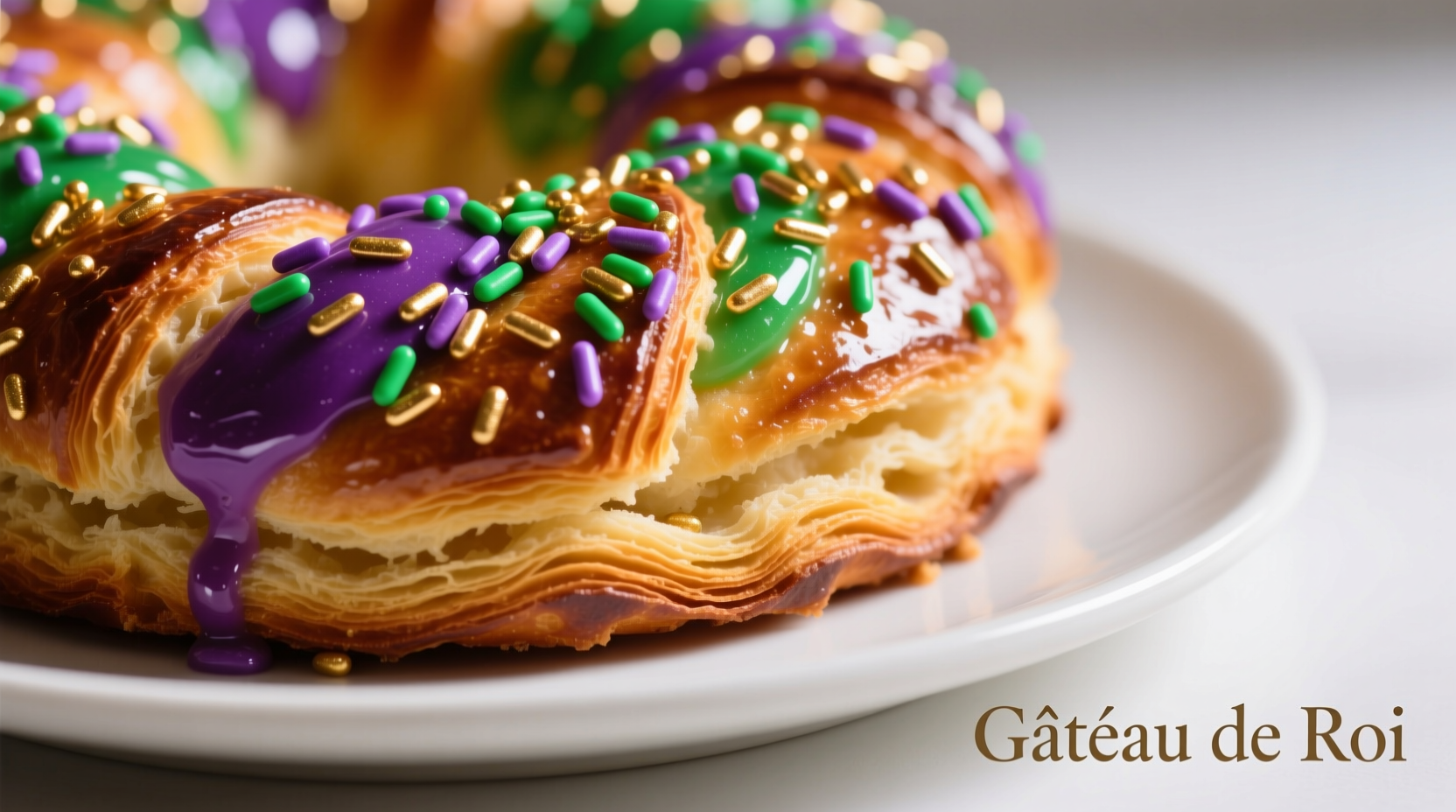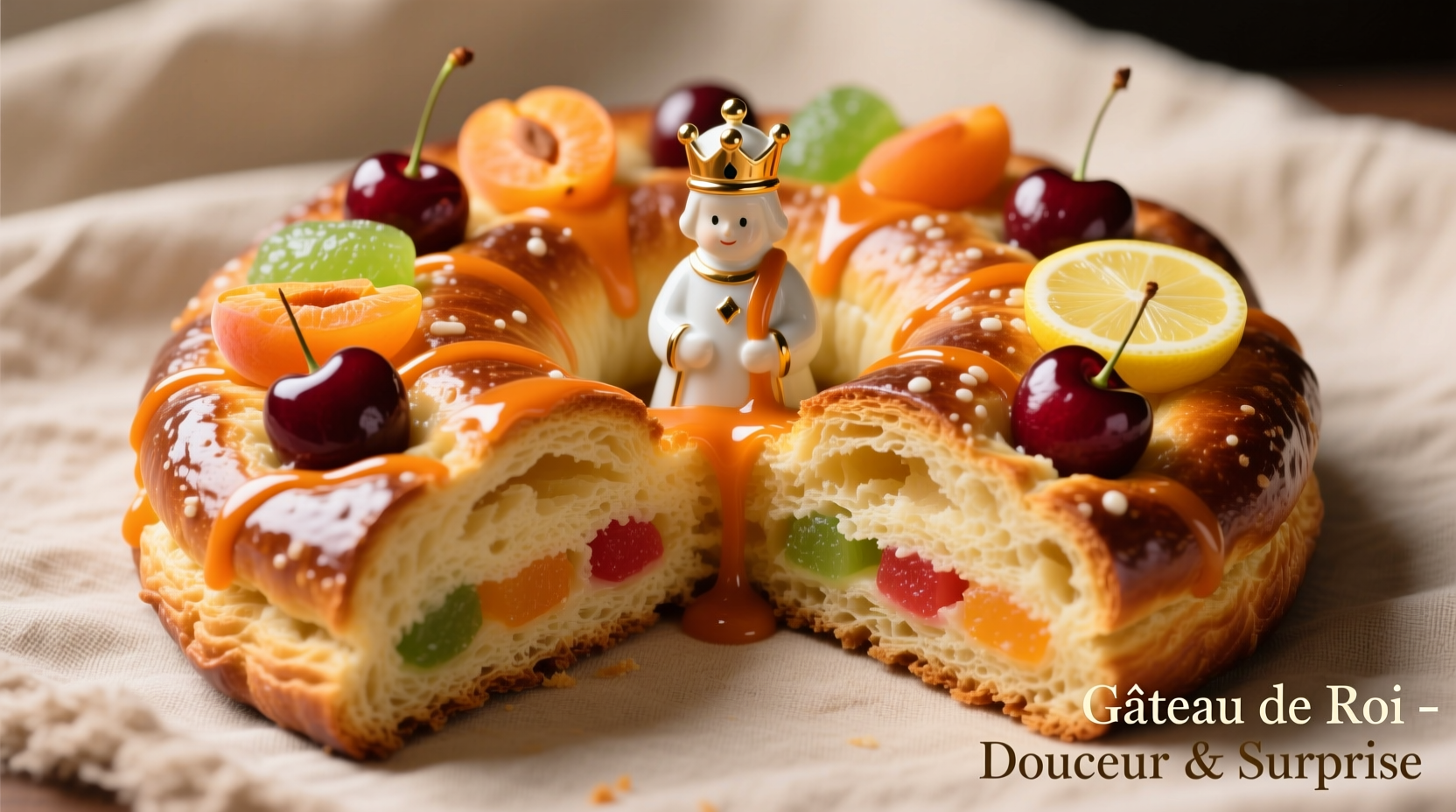If you've ever wondered what makes king cake such a beloved Mardi Gras tradition, you're not alone. This iconic dessert has delighted palates for centuries with its distinctive flavor profile that perfectly balances sweetness with warm spices. Whether you're preparing for your first Mardi Gras celebration or simply curious about this cultural staple, understanding exactly what king cake tastes like will help you appreciate this culinary tradition.
The Core Flavor Profile of Traditional King Cake
At its heart, king cake offers a harmonious blend of flavors that has remained consistent since its origins in European Epiphany celebrations. The base dough resembles a rich brioche or challah, providing a tender, slightly eggy foundation that's neither too dense nor too light. What truly defines the taste experience is the generous cinnamon-sugar filling that swirls through the cake, creating pockets of warm, aromatic sweetness in every bite.
The cinnamon used in authentic king cake isn't overpowering but rather provides a gentle warmth that complements the underlying sweetness. Many traditional recipes enhance this flavor profile with either vanilla or almond extract in the dough, adding subtle floral notes that elevate the overall taste experience. The finish typically comes from a simple powdered sugar icing that adds a clean sweetness without overwhelming the delicate spice notes.
Texture: The Unsung Hero of King Cake Experience
While flavor dominates the conversation, the texture of king cake significantly influences how we perceive its taste. Authentic king cake should have a soft, pillowy interior with just enough structure to hold the filling. The ideal texture falls somewhere between a dinner roll and a cinnamon roll—moist but not soggy, tender but not crumbly.
The cinnamon-sugar filling creates delightful textural contrasts as you bite through layers of dough and the slightly crisp sugar crystals that form during baking. When properly prepared, the icing should create a thin, delicate crust on the surface that provides a subtle resistance before giving way to the soft cake beneath.
Regional Variations and Their Flavor Differences
While the basic king cake formula remains consistent, regional interpretations create notable taste variations. Understanding these differences helps set proper expectations depending on where you're enjoying this Mardi Gras staple.
| Region | Key Flavor Characteristics | Distinctive Ingredients | Serving Tradition |
|---|---|---|---|
| Louisiana (American) | Sweeter profile, pronounced cinnamon | Colored sugar sprinkles, cream cheese filling option | Sliced into wedges, plastic baby hidden inside |
| France (Galette des Rois) | More subtle sweetness, nutty notes | Almond frangipane filling, puff pastry | Served with "fève" porcelain charm |
| Spain/Portugal | Citrus notes, lighter sweetness | Orange blossom water, candied fruit | Ring-shaped with whole nuts embedded |
| Mexico (Rosca de Reyes) | Fruit-forward, floral notes | Colorful candied fruits, anise seed | Served with hot chocolate on January 6th |
According to culinary historians at the Louisiana State Museum, the American version of king cake evolved from French traditions but adapted to local tastes, resulting in a sweeter, more generously spiced profile that reflects the region's culinary preferences. The addition of cream cheese filling in many modern versions creates an even richer taste experience with tangy notes that balance the sweetness.
How Serving Temperature Affects King Cake Flavor
The temperature at which you enjoy king cake significantly impacts its flavor perception. For optimal taste experience:
- Room temperature: Allows all flavor notes to shine through evenly, with the cinnamon filling becoming pleasantly gooey
- Slightly warmed: Enhances the aromatic qualities of the cinnamon and brings out subtle vanilla notes
- Cold: Causes the icing to harden and the filling to congeal, muting flavor complexity
Culinary professionals at the International Association of Culinary Professionals note that king cake served at room temperature allows the fats in the dough to soften, releasing flavor compounds that might otherwise remain trapped when served cold.
Identifying Authentic King Cake Flavor
With commercial versions becoming increasingly common, knowing what distinguishes authentic king cake taste can help you select the best option. Genuine king cake should never taste:
- Overly artificial (the cinnamon should be warm and complex, not sharp or chemical)
- Excessively sweet (the icing should complement, not dominate)
- Dry or crumbly (proper moisture balance is essential)
- One-dimensional (should have layered flavor notes)
The most authentic versions showcase a delicate balance where no single element overpowers the others. As noted in "The History of European Festive Breads" by food historian Dr. Henri Dubois, traditional king cake represents "the perfect harmony of celebration foods—sweet enough for festivity but restrained enough to maintain sophistication."

Perfect Pairings for King Cake
Certain beverages can enhance your king cake tasting experience by complementing its flavor profile:
- Coffee: The bitterness cuts through sweetness while enhancing cinnamon notes
- Champagne: The bubbles cleanse the palate between bites of rich cake
- Hot chocolate: Creates a comforting pairing that emphasizes the dessert's warmth
- French press coffee with chicory: A New Orleans tradition that complements the cake's French heritage
When served during Mardi Gras celebrations, king cake often appears alongside other traditional foods, but its distinctive flavor profile stands out as the centerpiece of the dessert table.
Modern Interpretations and Their Flavor Impact
While traditional king cake remains popular, contemporary variations have introduced new flavor dimensions. Some popular modern interpretations include:
- Cheese-filled versions (cream cheese or even brie) that add tangy notes
- Fruit-swirl options (berry or apple) that provide bright, acidic contrasts
- Chocolate-drizzled variations that add depth to the sweet profile
- Gluten-free adaptations that maintain flavor while altering texture
These innovations expand the king cake experience while respecting the fundamental flavor profile that makes this dessert special. The best modern versions enhance rather than obscure the traditional taste elements that have made king cake a cultural icon.











 浙公网安备
33010002000092号
浙公网安备
33010002000092号 浙B2-20120091-4
浙B2-20120091-4